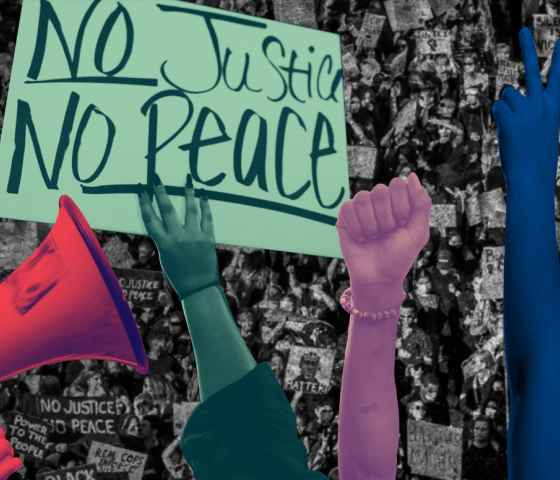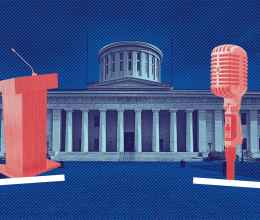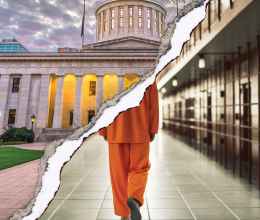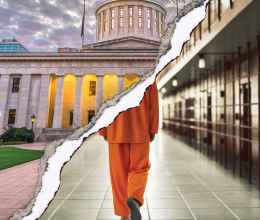In the current technological era, keeping personal information secure feels harder than ever. Private companies are incentivized to collect data under our noses and sell it to third parties without our knowledge. Governments are meant to regulate this activity and protect our security, but in reality, law enforcement agencies engage in similar surveillance techniques. Police surveillance is particularly concerning not only because it infringes on privacy, but also because it comes with enforcement power.
Police, unlike private companies, can use your information and data to take away your freedom. Under the current Trump administration, concerns about police surveillance have become palpable, particularly for immigrants, BIPOC, LGBTQ+ people, and protestors. Increased police surveillance without public oversight threatens civil liberties, particularly for the country’s most marginalized.
Police surveillance is often shrouded in mystery, as most cities do not require their police departments to disclose what surveillance technology they possess and how they use it. This might have worked when technologies were limited, but today’s surveillance capabilities are expansive. Stingrays collect cellphone data, ShotSpotters use microphones to detect gunshots, automatic license plate readers track where people travel, surveillance lightbulbs can be installed in streetlamps to monitor neighborhoods, the list goes on.
These tools are not inherently problematic if they are used properly in criminal investigations, but without strict regulation and regular auditing, there is a high potential that they will be abused, particularly against marginalized communities. This concern is not based on theory but on the history of over policing in the United States. Civil rights leaders were targeted in the 1950s, Muslims after 9/11, BLM protestors in 2020, and pro-Palestine protestors today. When the government decides that a group is unfavorable, police surveillance tools are often abused against them. Considering the risks, law enforcement should not be able to engage in public surveillance without public oversight.
Across Ohio, police departments are obtaining new surveillance technology to deploy throughout our communities. Although Ohioans can find some of this information in the news or various press releases, most of our cities do not disclose what technology has been bought, nor how they use it. This leaves Ohioans in a vulnerable situation, unable to protect individual privacy and community security more broadly.
Consequently, Dayton and Yellow Springs have both passed local ordinances, dubbed Community Control over Police Surveillance or CCOPS, that could prove beneficial to other localities across the state. CCOPS does not implement firm regulations on surveillance technology, it simply requires public input on the matter. Before police departments can purchase and deploy new technology, they are required to notify the public, hold a hearing, and receive approval. At the end of the year, they are also required to create a surveillance report detailing how the technology and its data were used. The ACLU of Ohio supports this local advocacy – the goal is not to ban police surveillance but to empower communities to decide how they want to be policed.
To protect the civil rights and liberties of everyone in this country, police departments must be transparent about their surveillance techniques.





